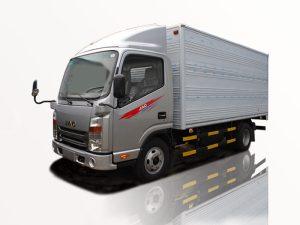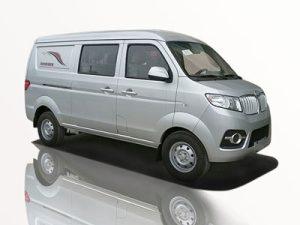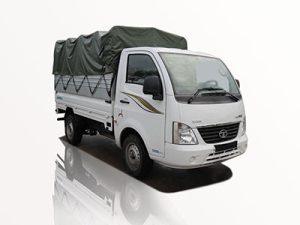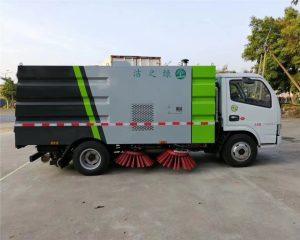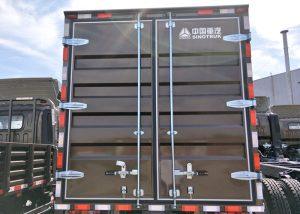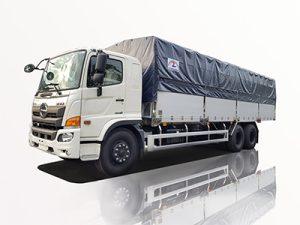Monday to Saturday - 8:00 -17:30
What is Brake Retarders? Understanding their Role in Vehicle Safety and Performance
Brake retarders are essential components in modern vehicles, particularly in heavy-duty trucks and buses. They provide an additional means of slowing down a vehicle without relying solely on traditional braking systems. In this article, we will delve into what brake retarders are, how they function, their benefits, and their various types, along with practical examples and tips for their use. By the end of this comprehensive guide, you’ll be well-equipped with knowledge about brake retarders and their significance in enhancing vehicle safety and performance.
Table of Contents
- What Are Brake Retarders?
- How Do Brake Retarders Work?
- Types of Brake Retarders
- Benefits of Using Brake Retarders
- Real-World Examples of Brake Retarders
- Maintenance and Care of Brake Retarders
- Common Misconceptions About Brake Retarders
- Tips for Drivers Using Brake Retarders
- Frequently Asked Questions
What Are Brake Retarders?
Brake retarders, also known as engine brakes or auxiliary brakes, are systems installed in vehicles to provide additional braking force. They help slow down the vehicle by using non-mechanical means, allowing for greater control, especially when going downhill or while carrying heavy loads. Unlike traditional friction brakes that rely on brake pads and rotors, brake retarders utilize engine power to create a resistance that slows the vehicle.
The Importance of Brake Retarders
Brake retarders are especially important in heavy vehicles because they reduce wear and tear on conventional brakes. In scenarios where frequent braking is unavoidable, such as on steep descents, brake retarders can significantly prolong brake lifespan by minimizing overheating and associated damage.
How Do Brake Retarders Work?
Brake retarders operate on the principle of converting a vehicle’s kinetic energy into heat energy. Here’s how the process works in more detail:
1. Engine Compression
In an engine brake system, the braking mechanism involves creating resistance by closing the engine’s exhaust valves while the vehicle is in gear. This compression of air within the engine cylinder generates a substantial amount of braking force.
2. Hydraulic Retarders
Hydraulic retarders use fluid resistance to achieve braking. A hydraulic brake slows the vehicle by pumping fluid through a turbine, which helps to dissipate the energy that the vehicle generates.
3. Electric Retarders
Electric retarders employ electromagnetic forces to create resistance. They generate magnetic fields that oppose the vehicle’s motion, thereby slowing it down effectively.
Types of Brake Retarders
There are several types of brake retarders commonly used in vehicles today:
1. Engine Brakes
Engine brakes utilize the vehicle’s own engine to slow down, mainly deployed in diesel engines. This method is more common in heavy-duty vehicles as it provides robust braking force without the excessive wear on standard brakes.
How It Works
| Step | Action |
|---|---|
| 1 | Driver downshifts to gear |
| 2 | Engine’s throttle valve closes |
| 3 | Exhaust valves close during compression |
| 4 | Vehicle slows down |
2. Hydraulic Retarders
Hydraulic retarders utilize hydraulic fluid to provide resistance. They are beneficial for providing smooth braking and are often integrated into the driveline of vehicles.
3. Electric Retarders
Electric retarders are used mainly for enhancing braking efficiency in electric or hybrid vehicles and utilize electromagnetic forces to create resistance.
Benefits of Using Brake Retarders
Incorporating brake retarders into vehicles comes with several advantages:
1. Reduced Brake Wear
By using brake retarders, drivers can minimize the frequency and severity of traditional brake use, prolonging their lifespan and reducing maintenance costs.
2. Enhanced Safety
Brake retarders provide additional stopping power, especially important for vehicles operating in hilly or mountainous regions, thus improving overall road safety.
3. Better Control
These systems allow for better vehicle control during descents, contributing to smoother and more stable driving experiences.
4. Decreased Heat Generation
Brake retarders significantly decrease heat produced during braking, thereby lowering the risk of brake fade, which occurs when brakes overheat.
Real-World Examples of Brake Retarders
Let’s explore how brake retarders function in everyday vehicles:
Example 1: Long-Haul Trucks
Long-haul trucks often face considerable braking demands while traveling through mountainous regions. Utilizing engine brakes allows truck drivers to control their speed better without relying solely on their primary brakes.
Example 2: City Buses
City buses often have to stop frequently for passengers. A hydraulic retarder can help maintain smooth operations during multiple stops, enhancing passenger comfort.
Maintenance and Care of Brake Retarders
For brake retarders to function efficiently, regular maintenance is essential. Here are some maintenance tips:
1. Regular Inspections
Conduct routine inspections of the brake retarder system to ensure all components are functioning correctly.
2. Fluid Checks
For hydraulic retarders, check fluid levels and quality regularly to avoid malfunctions.
3. Seek Professional Help
If unusual sounds or performance issues arise, consult a professional mechanic experienced in brake retarder systems.
Common Misconceptions About Brake Retarders
There are several myths surrounding brake retarders:
1. They Are Only For Heavy Vehicles
While brake retarders are commonly found in heavy-duty vehicles, they can also enhance braking efficiency in light trucks and buses.
2. They Are Hard to Use
Most modern vehicles with brake retarders offer user-friendly interfaces, making them easy to engage.
Tips for Drivers Using Brake Retarders
Here are some useful tips for drivers when using brake retarders:
1. Understand Your Vehicle
Familiarize yourself with how your vehicle’s brake retarder functions and when to use it for maximum effectiveness.
2. Use in Appropriate Conditions
Employ brake retarders primarily in downhill conditions or while carrying heavy loads for the best results.
3. Avoid Over-Reliance
While brake retarders are beneficial, don’t rely solely on them. Maintain a balanced approach to braking using the main brake system as needed.
Frequently Asked Questions
1. What is the difference between a brake retarder and traditional brakes?
Brake retarders use the vehicle’s engine or hydraulic resistance to slow down, while traditional brakes rely on friction to stop the vehicle. Brake retarders reduce wear on traditional brakes, especially during prolonged descents.
2. Can I install a brake retarder on any vehicle?
Brake retarders are typically suitable for heavy-duty and commercial vehicles. Installing one on light-duty vehicles may not be practical or necessary.
3. How do I know if my brake retarder is functioning properly?
Signs of a malfunctioning brake retarder include unusual noises during operation, decreased braking performance, or warning lights on the dashboard. It is best to consult a mechanic for a thorough inspection.
4. Are brake retarders noisy?
Generally, brake retarders do generate noise, especially engine brakes. However, newer models are designed to operate more quietly than older versions.
5. How much do brake retarders typically cost?
The cost varies based on the type and vehicle requirement but generally ranges from a few hundred to several thousand dollars for installation and parts.
6. Do brake retarders require special licensing?
While using brake retarders does not typically require special licensing, drivers should be adequately trained on their operation, especially for commercial vehicles.


